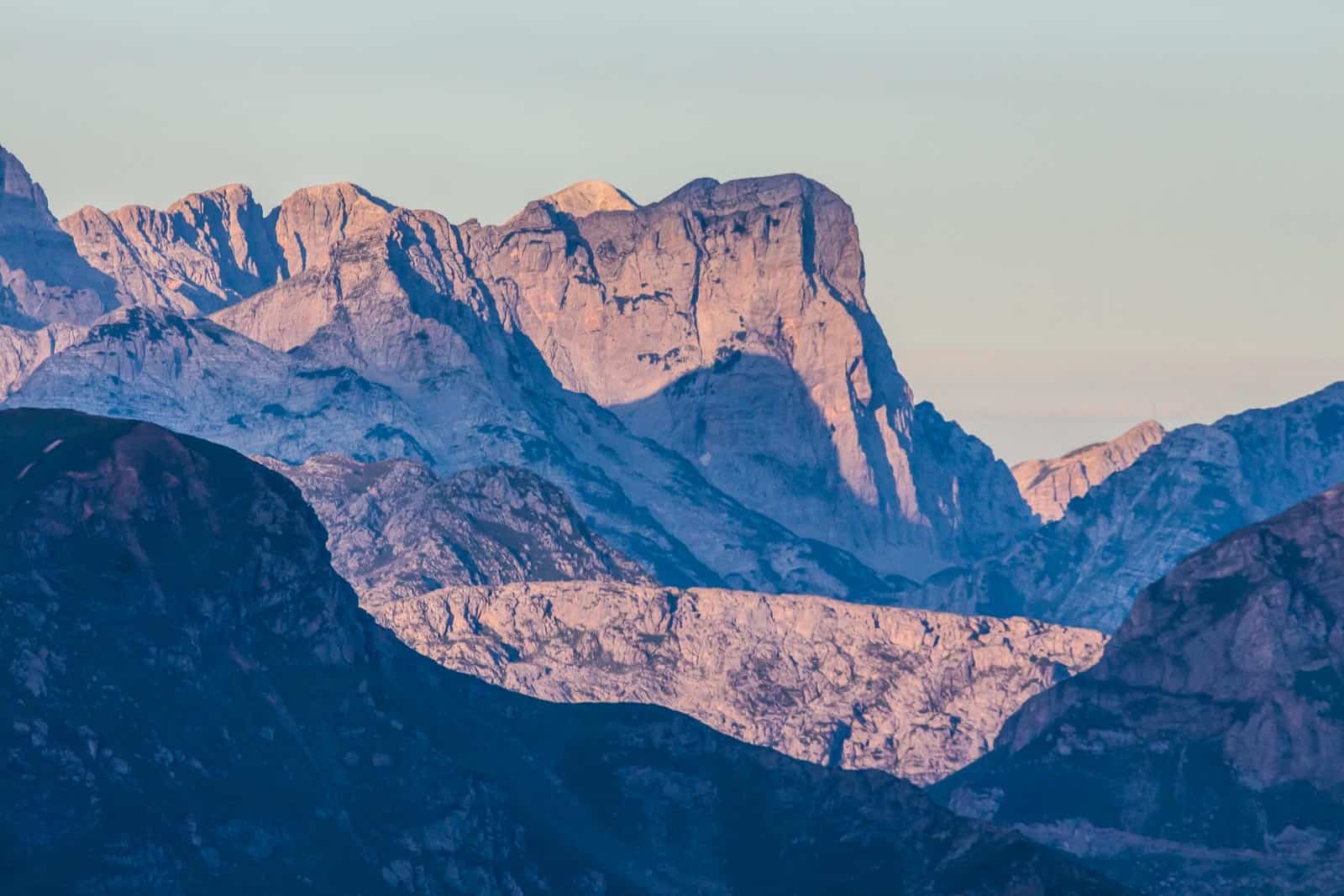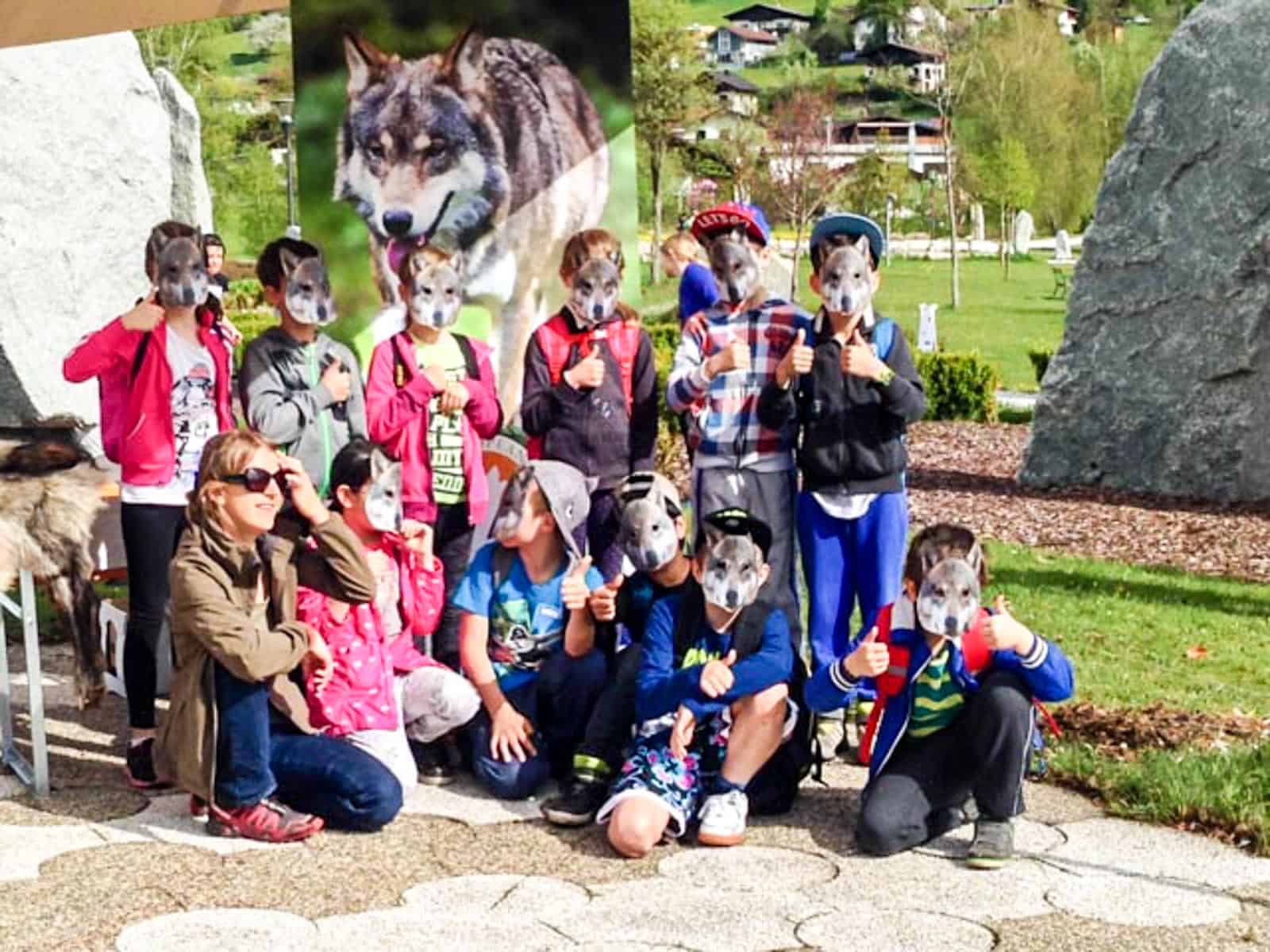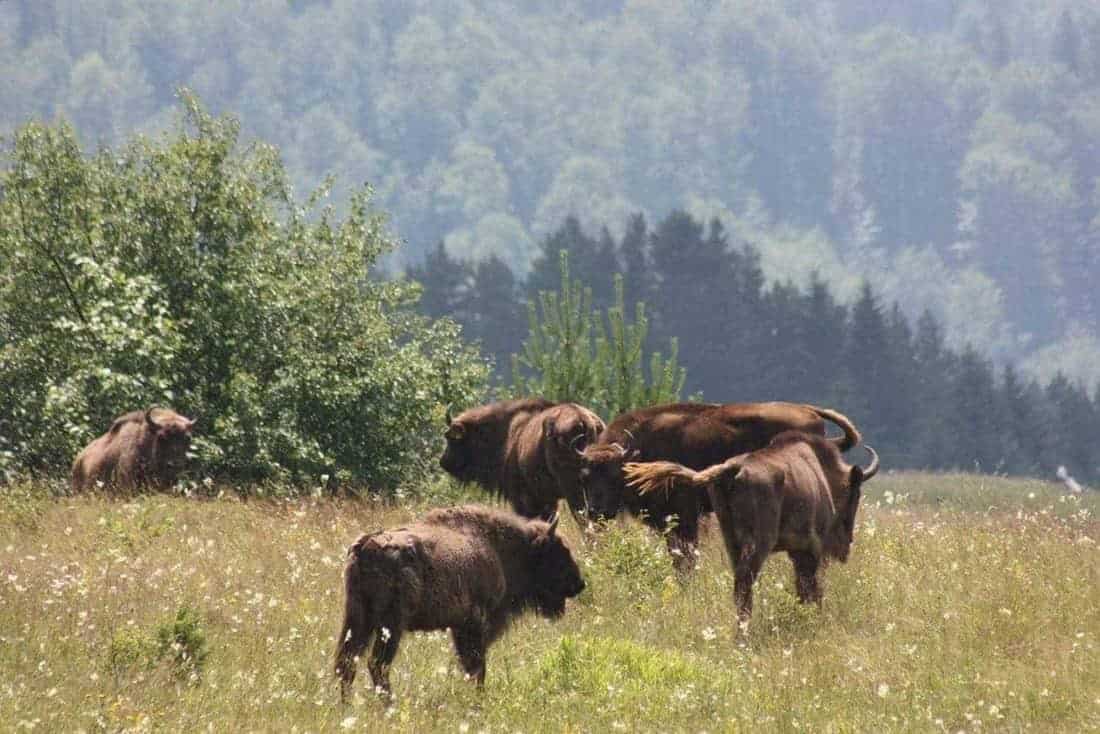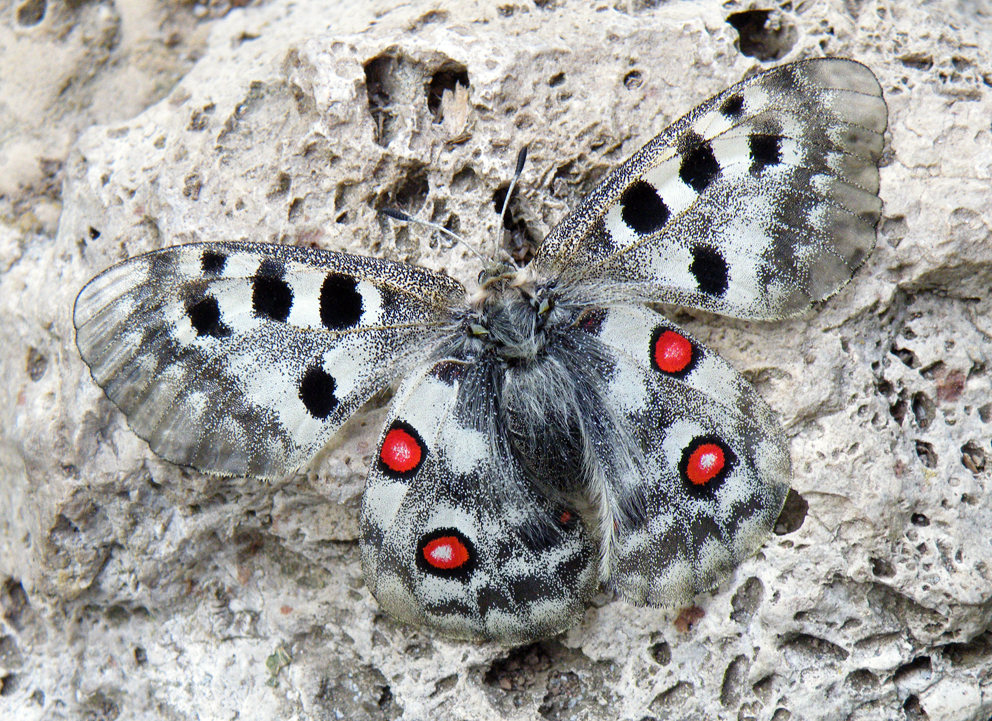How mountain building influences biodiversity
Who would have thought that not only individuals but also planets could be affected by a midlife crisis? Once upon a time, between 0.8 and 1.8 billion years ago, this is exactly what happened to the Earth. During what is known as the midlife epoch, mountains stopped growing. Moreover, existing peaks were eroded away, says a study published in the journal Science. Today on the Mountain Biodiversity Day, let’s look into what this extremely long pause in mountain building caused to the Earth’s biodiversity.
The boring billion years
This pause in mountain building was caused by the persistent thinning of the Earth’s crust. Scientists call this period of Earth’s history the boring billion years. Nevertheless, it may not have been such a quiet time for living things struggling to survive. True, there were no animals or humans, only primitive life forms evolving in the Earth’s oceans. However, the halt in mountain building set back their evolution too.
Ming Tang, the lead author of the study (and a professor at Peking University), stated that processes on the surface of the continents may have slowed down the evolution of the Earth’s oceans.
“Continents were mountainless in the middle age. Flatter continents may have reduced nutrient supply [to the ocean] and hindered the emergence of complex life.”
A billion years of solitude
Mountain formation is triggered by the collision of tectonic plates on migrating continents. The process of mountain building is called orogenesis. The boundaries of continents at impacts are usually thicker than average. The rocks that are forced to the surface are forced upwards by the buoyancy of magma. However, the formation of mountain peaks is prevented by erosion and gravity. When these forces collide with tectonic and magmatic processes and erosion prevails, the resulting mountains are shaved off.
Since all mountains are on the path of erosion over time, a good starting point for understanding the processes of mountain formation in the Mesozoic era is to study the Earth’s crustal thickness. This is what the authors of this paper have done when they set out to study zircons. These were trapped in the Earth’s crust billions of years ago. The study showed, that right between the active mountain-forming eras, crustal thickness plummeted through the Proterozoic eon (2.5 billion to 0.5 billion years ago), reaching a low during Earth’s “middle age.”
Mountain building is biodiversity building
As a contrast, the Cambrian explosion, which dates back to about 300 million years ago, all the major animal species known today evolved. During the dull billions of years, evolution plodded along at an embarrassingly slow pace. However, it accelerated as soon as the Earth’s crust began to grow thicker.
The connection, Tang says, is clear. If new mountains had not formed in this era, there could not have been enough nutrients from the land surface to the oceans. Only nutrients that died on land could have reached the ocean through the water cycle. A billion years of stagnation in mountain building meant that living organisms had no access to phosphorus or other elements essential for evolution, which could have stalled evolution.








